‘To be included on the World Heritage List, sites must be of outstanding universal value’
That makes sites with this designation very special indeed. Whether they are areas of amazing natural beauty or profound cultural significance, these sites are some of the most visited in the world and include Machu Picchu, the Pyramids of Giza, Angkor Wat, the Great Wall of China, the Roman Colosseum, the Acropolis of Athens and Stonehenge. So being able to have the exclusive use of La Verrière, a 9th-century medieval priory situated in the heart of a UNESCO world heritage site, is a unique and wonderful experience.
What is a UNESCO World Heritage Site?
After World War II, UNESCO was formed to aid cooperation and friendship across the world. Their World Heritage Site scheme started because highly significant sites were being destroyed by development, war and natural disasters. These World Heritage sites are, as far as possible, protected from such disasters. For an area to be considered, it has to be nominated by the country in which it is located, then examined by a large range of experts who report back to the Committee. They ultimately make the decision as to whether the site qualifies and meets the criteria “that deterioration or disappearance of [the area] constitutes a harmful impoverishment of the heritage of all the nations of the world” (as defined in the UNESCO World Heritage Centre operational guidelines).
Why was the Biosphere Reserve of Mont Ventoux given World Heritage Site status?
The Biosphere Reserve of Mont Ventoux, France, was listed mainly because of its outstanding variety of flora. Being located directly between the Alps and the Mediterranean, Mont Ventoux has a unique range of microclimates and habitats, providing for a wonderfully diverse mix of animals and plant life, including approximately 60 rare species. There are over 120 species of birds and over 1,400 species of butterflies, as well as cultural interest relics from Gallo-Roman times.
What is it like to stay in a World Heritage Site?
Imagine being able to actually stay in such an extraordinary location? In the heart of a UNESCO Biosphere forest, with extraordinary pollution-free biodiversity, La Verrière has been fully renovated and seeks to deliver the highest standards of comfort whilst respecting and reflecting the unusual historical architecture and natural surroundings. It operates as a seven-bedroom eco-luxury retreat, focusing on wine hospitality and underscoring the estate’s work to operate sustainably. Guests can hire the whole 9th-century structure with family, friends or for company and special interest retreats, celebrations and weddings in Provence. At certain times of the year it can also be booked on a Bed & Breakfast basis.
Sensory Satisfaction
La Verrière is surrounded by ancient vineyards and is home to Chêne Bleu wines. Knowledgeable guides are available all year long for tours of the organic/biodynamic vineyard and gravity-fed winery and cellar, sharing the philosophy and the many stories that make La Verrière such a unique place. There are also top class chefs available to whet your appetite with some locally sourced Provençal specialities, as well as a variety of casual or more formal eating options. Some are designed to be time-efficient, whilst other menus give you the opportunity to fully absorb and savour the UNESCO setting and the experience.
Exploring
Here are just some of the activities on offer whilst you are staying in the heart of this UNESCO location:
• Bike & Wine: Guided tours of the Dentelles de Montmirail on electric bicycles with a local guide.
• Hike & Wine: Guided Climb to the crest of the Saint Amand at sunset.
• Self-directed hikes: Many trails of different lengths and levels of challenge depart from the estate.
• Helicopter Tour: Take off from the helipad for a spin around the spectacular Dentelles de Montmirail.
If you would like to find out what else La Verrière has to offer, please call +33 4 90 10 06 32 in France or 07775 682090 in the UK or email reservations@laverriere.com.





